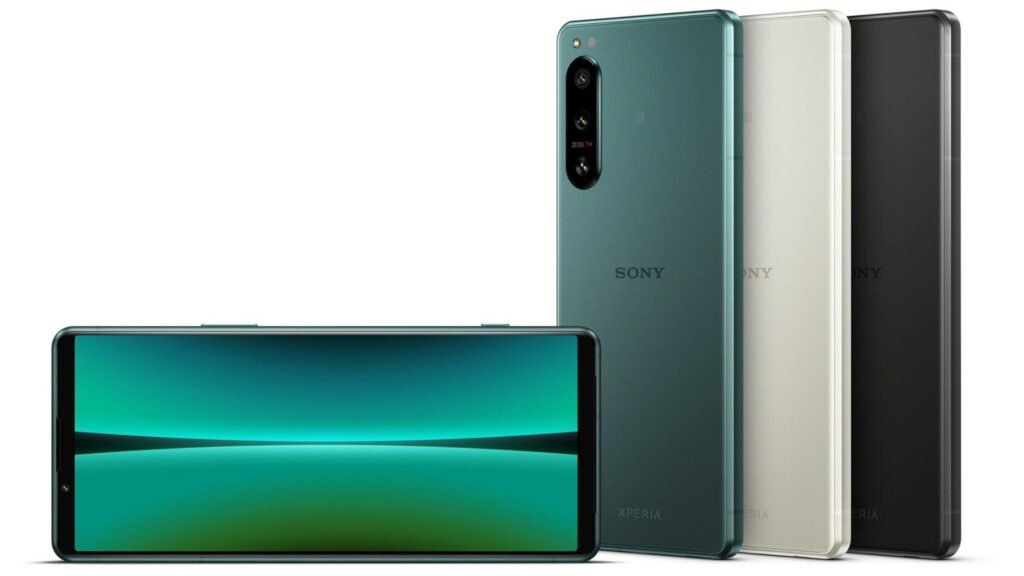Sony relies on LYTIA branding for its camera sensors in contrast with Samsung’s ISOCELL

Better megapixels or increased size of camera sensors? What feature do you prefer for a smartphone to have for its cameras?
When it comes to the biggest smartphone camera sensor brands, Samsung and Sony are the two brands that come first in our minds. Samsung and Sony hold their worth in the worldwide marketplace.
To launch the camera sensors, Samsung relies on ISOCELL branding. Whereas Sony lacks a specific brand for its smartphone camera sensors. As of now, the Japanese firm is interested in changing its strategy. Thus, imparting better competition with its rival i.e., Samsung.
Sony (Sony Semiconductor Solutions Corporation) mentioned that in the future the smartphones by Sony will feature LYTIA branding. The newly adopted branding term is a combination of two distinct words. It consists of Lyra (the constellation) and Light. The company stressed that by adopting this name the users will better understand the features and associated benefits of the camera sensors. Furthermore, the company aims to bring forward a creative approach that is beyond expectations.
We could expect that some of the camera sensors by Sony get removed the IMX prefix from their name. where in the future it could be replaced with the prefix LYTIA. As of now, the company has shared no further details on its future plans. Maybe we get some more insights by the next year.
When it comes to the strategy adopted by two companies i.e., Sony and Samsung, we come to know that Samsung is keenly interested in chasing megapixels. Previously it has released 108MP and 200MP camera sensors. However, Sony is adopting a strategy that relies on increasing the size of camera sensors. Thus, offering a high native pixel size that will enhance the low-light image as well as the video quality. The biggest ISOCELL by Samsung measures 1/1.12-inch. Where Sony introduced a 1-inch sensor for its Xiaomi 12S Ultra.
Research Snipers is currently covering all technology news including Google, Apple, Android, Xiaomi, Huawei, Samsung News, and More. Research Snipers has decade of experience in breaking technology news, covering latest trends in tech news, and recent developments.










